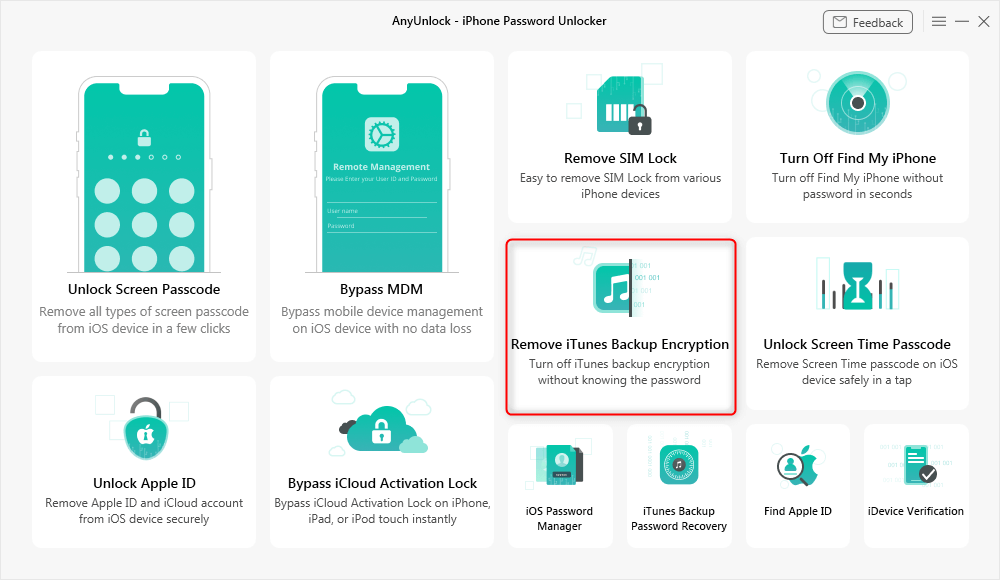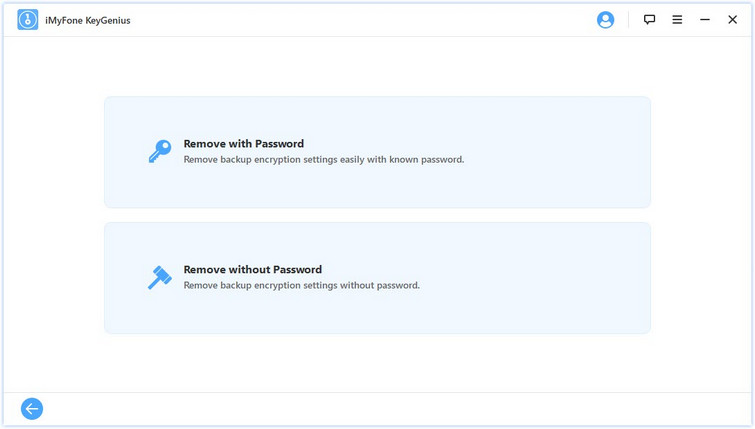

3 Attack Options: There are three different attack options to choose from including Dictionary Attack, Brute Force with Mask Attack, and Brute Force Attack.

#WHAT DOES IT MEAN RESET ENCRYPTED DATA SOFTWARE#
Unlock iTunes Backup: This software has the latest decryption technology to decrypt iTunes backup password without hassles.Remove Backup Encryption: KeyGenius can be used to reset encrypted data on iPhone without losing data.
#WHAT DOES IT MEAN RESET ENCRYPTED DATA HOW TO#
How to Reset Encrypted Data on iPhone Without Losing Data It will remove all the content and settings from your iPhone, including the encrypted backup password. Step 2: Tap 'Erase All Content and Settings' and enter your iOS passcode. To achieve that, the following steps are necessary: With iOS 10 and lower versions, the only viable option you have to create a new backup when you don't remember your encryption password is to erase all your contents and settings. Then connect your device again to iTunes and create a new encrypted backup. Your encrypted backup password will be removed and display brightness, home screen layout and similar settings will also be reset. Step 3: Follow the steps to reset your settings.

Step 2: Tap 'Reset All Setting' and enter your iOS passcode. With iOS 11 and above, you can reset the encrypted data by resetting all settings from your iPhone. When it comes to iPhone reset encrypted data, you will have to use the method that is appropriate for the iOS version you have. Normal Ways to Reset Encrypted Data on iPhone (Will Lose Data) Solution 2: How to Reset Encrypted Data on iPhone Without Losing Data.Solution 1: Normal Ways to Reset Encrypted Data on iPhone (Will Lose Data).Data security engineers have had to come up with sophisticated processes that only encrypt certain data sets, keep encryption keys separate from encrypted data, and deal with certain kinds of problems related to the need for access, such as where keyboard sniffers or key loggers can intercept unencrypted or decrypted information as it is sent over the Internet. Some point out that encryption originally developed and evolved as a means for protecting messages in transit, and not for protecting massive databases. Because it’s difficult to completely implement data at rest protection without hampering employees' ability to do their jobs, companies often rely on in-house training and careful job applicant screening, as well as multi-tiered security protocols.Īlong with concerns about the detachable media and other harder IT security puzzles, experts also disagree about whether encryption is really effective in various kinds of data protection situations. Administrators have to think about whether a user could attach a flash drive or other removable USB device and get data in an unencrypted form. However, issues around detachable media are much harder to solve. It’s generally feasible for an IT administrator to set up an encrypted storage medium. Some aspects of data at rest protection are easier than others. Some experts suggest either encrypting the entire data set in a storage medium, which might require a lot of resources, or evaluating different kinds of data to see which data sets need to be protected. Password protection and other access protocols can also be used. Techopedia Explains Data At Rest Protection (DARP)īasic data at rest protection procedures often involve strong data encryption.


 0 kommentar(er)
0 kommentar(er)
